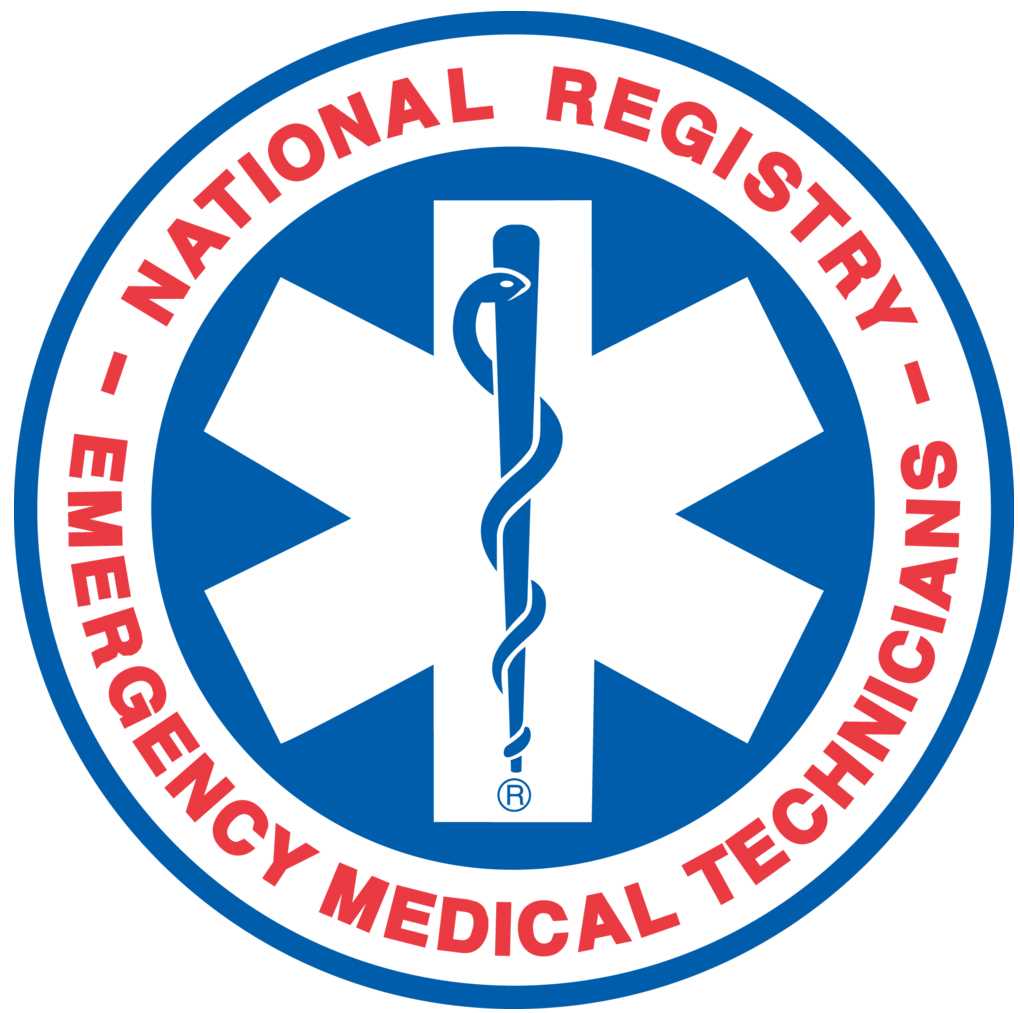
Becoming a certified emergency responder in North Carolina requires more than just a passion for helping others; it demands preparation and a deep understanding of the necessary skills and knowledge. This process involves completing a series of assessments designed to evaluate both theoretical knowledge and practical abilities in high-pressure situations.
For those looking to succeed, it’s crucial to approach the preparation with focus and strategy. Whether you are just starting your journey or are revisiting concepts, knowing what to expect and how to best prepare can significantly impact your results. Success in this certification process opens doors to a rewarding and impactful career in emergency services.
In this guide, we will delve into the essentials of the certification process, offering tips on how to prepare effectively. From understanding the requirements to mastering the skills needed for evaluation, this article will provide a comprehensive overview to help you navigate the challenges ahead.
Understanding the EMT Certification Process in NC
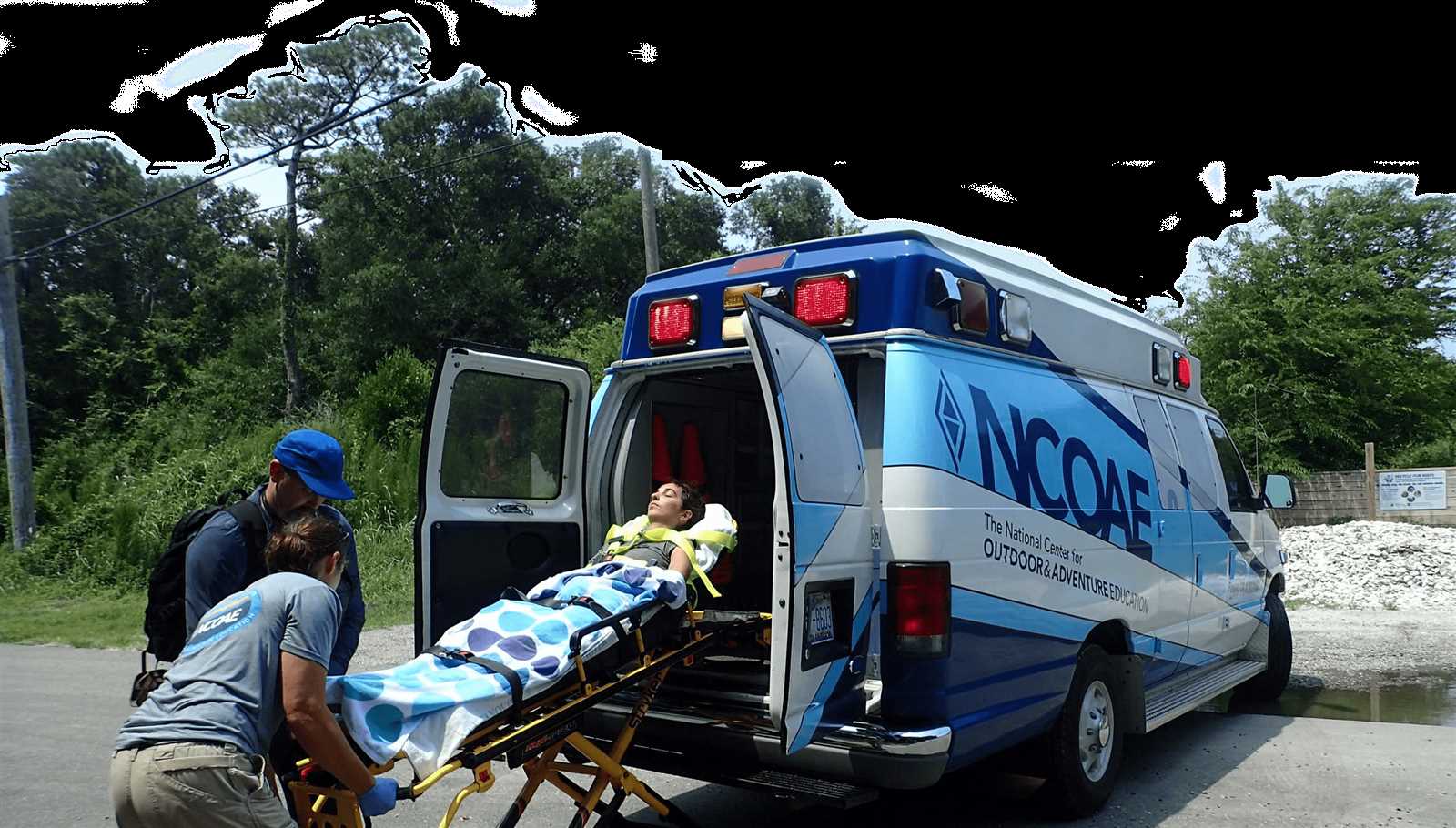
In North Carolina, becoming a certified emergency medical professional involves a series of assessments that measure both theoretical knowledge and practical expertise. These evaluations are designed to ensure that candidates are capable of responding effectively to emergency situations, performing critical procedures, and managing patients under pressure.
The process consists of multiple stages, from initial eligibility checks to completing the necessary preparations for the evaluation. It’s essential to understand the structure and requirements of the certification process to navigate it successfully.
Key Components of the Certification
- Written Test: A comprehensive assessment of medical knowledge, focusing on topics like patient care, medical procedures, and emergency protocols.
- Practical Skills Evaluation: A hands-on assessment where candidates demonstrate their ability to perform critical emergency tasks in real-world scenarios.
- Psychomotor Skills: Testing on physical techniques, such as CPR, wound care, and equipment handling, to ensure proficiency in high-pressure environments.
Eligibility and Requirements
- Age Requirement: Candidates must be at least 18 years old at the time of application.
- Education: Completion of an accredited training program is required, which provides the foundational knowledge and practical skills needed for the role.
- Background Check: A criminal history check is typically conducted to ensure that candidates meet the standards for working in emergency services.
Understanding these components is crucial for anyone pursuing a career in emergency response, as the process is both rigorous and rewarding. With the right preparation and determination, candidates can succeed and move on to make a significant impact in their communities.
Eligibility Requirements for Certification in NC
Before beginning the certification process for emergency medical professionals in North Carolina, candidates must meet specific eligibility criteria. These requirements ensure that individuals possess the necessary foundation and qualities to handle the demands of the profession effectively. Meeting these prerequisites is the first step in pursuing a career in emergency services.
The following table outlines the primary requirements that candidates must fulfill before applying for certification:
| Requirement | Description |
|---|---|
| Age | Candidates must be at least 18 years old by the time they apply for certification. |
| Education | Completion of a state-approved training program that covers basic medical care and emergency procedures. |
| Physical Fitness | A medical evaluation may be required to ensure candidates are physically capable of handling the physical demands of the role. |
| Background Check | A clean criminal record is typically required to ensure suitability for work in healthcare and emergency services. |
| CPR Certification | Candidates must hold a valid CPR certification at the time of application. |
By meeting these essential eligibility requirements, individuals are better prepared to move forward in their journey toward becoming certified professionals capable of providing vital care in emergency situations.
Application Process for Certification in NC

The process of applying for certification in North Carolina involves several key steps that ensure applicants are fully prepared to meet the demands of emergency medical work. From gathering the required documentation to submitting the application, each phase plays a critical role in moving toward certification. It is essential to follow each step carefully to avoid delays or complications.
The application journey begins by ensuring that all eligibility requirements are met. After confirming eligibility, candidates must complete the necessary paperwork and submit it to the appropriate licensing authorities. Proper documentation is crucial for smooth processing, and submitting incomplete forms may result in delays.
Once the application is submitted, candidates may need to pay an application fee and schedule their evaluation. This typically includes both theoretical assessments and practical evaluations to ensure competency in the field. Timely submission and following the outlined steps can significantly improve the chances of a successful application process.
Key Topics Covered in the Certification Process
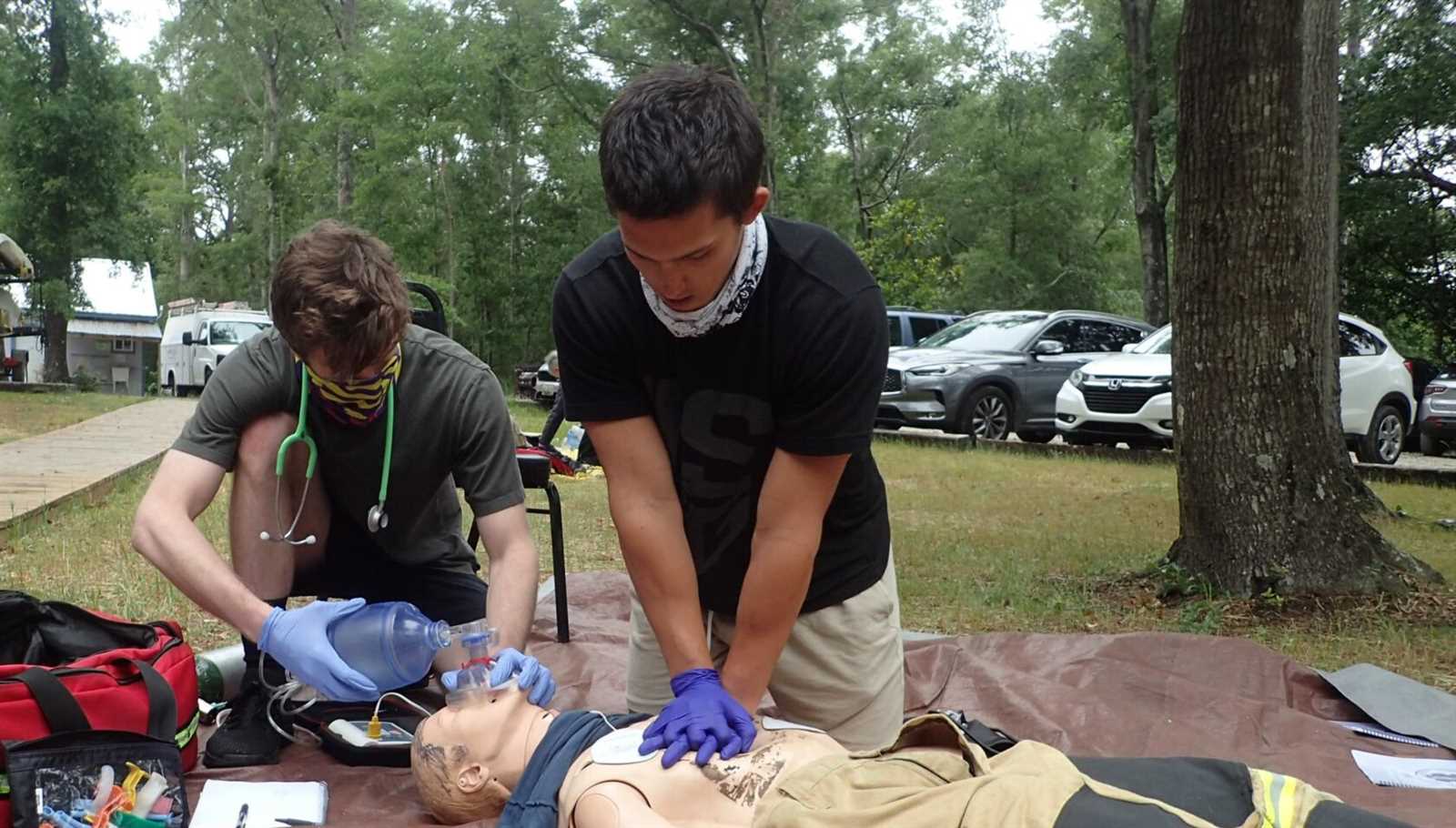
The certification process for emergency medical professionals in North Carolina covers a wide range of topics that ensure candidates are well-equipped to handle various situations in the field. These topics span both theoretical knowledge and practical application, focusing on essential skills needed to provide high-quality patient care in emergencies.
Medical Knowledge and Procedures
One of the core areas evaluated during the certification process is medical knowledge. This includes understanding human anatomy, common medical conditions, and procedures used to stabilize patients. Key subjects include:
- Basic patient assessment techniques
- Vital signs and their interpretation
- Emergency medical interventions and treatment protocols
Practical Skills and Techniques
In addition to theoretical knowledge, practical skills are also a critical component of the certification. This section ensures that candidates can perform necessary tasks under pressure, such as:
- CPR and advanced airway management
- Wound care and bleeding control
- Spinal immobilization and patient transport techniques
Mastery of these topics is essential for providing effective and timely care during medical emergencies. Successful candidates will demonstrate proficiency in both knowledge and hands-on skills, making them capable of responding efficiently in real-world situations.
Study Tips for Certification Success
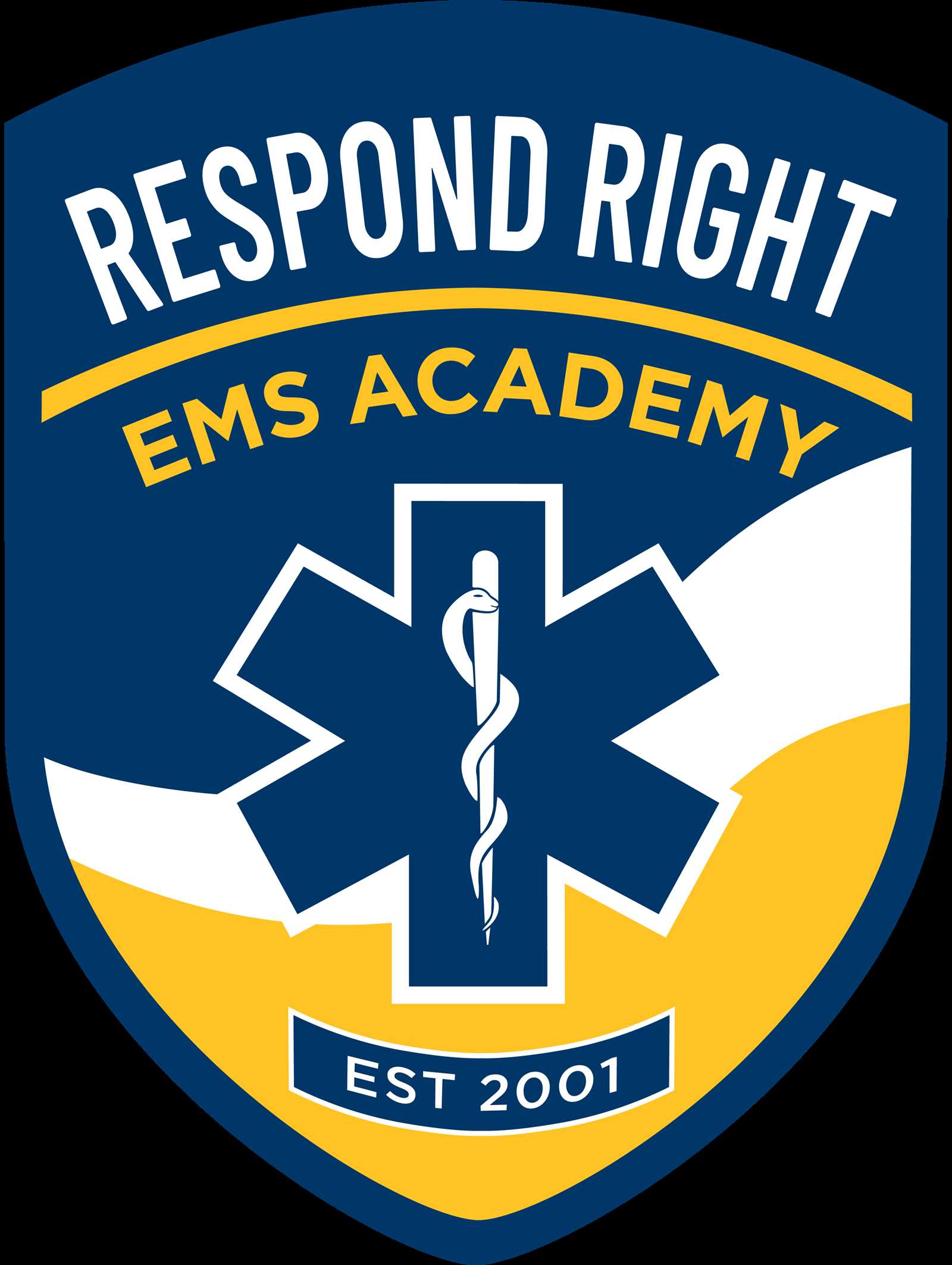
Preparing for a certification assessment in North Carolina requires a focused and strategic approach to studying. Success depends on mastering a variety of medical concepts, procedures, and hands-on techniques that are crucial in emergency situations. By organizing your study sessions and utilizing effective resources, you can enhance your understanding and increase your chances of passing.
Time management is essential when preparing for the certification process. Breaking down study materials into manageable sections can help avoid feeling overwhelmed. Focus on key areas each week, ensuring that you cover all the necessary topics before the assessment. Additionally, it’s important to establish a study schedule and stick to it consistently.
Active learning is another critical aspect of preparation. Simply reading through textbooks isn’t enough–practice applying what you’ve learned through mock scenarios, quizzes, and hands-on drills. This not only reinforces knowledge but also builds confidence in practical skills that will be evaluated during the certification process.
Finally, don’t hesitate to seek support. Studying with peers, joining review groups, or asking mentors for guidance can provide valuable insights and alternative perspectives on challenging topics. Collaboration can help you fill gaps in knowledge and stay motivated throughout your preparation journey.
Preparing for the Written Test
The written assessment is a significant part of the certification process, designed to evaluate your theoretical knowledge of medical procedures, patient care, and emergency protocols. Preparing effectively for this portion requires focused study, understanding key concepts, and practicing answering questions under timed conditions. A solid foundation in these areas will improve your ability to perform well when it matters most.
Here are several tips to help you prepare for the written test:
- Review Key Concepts: Focus on critical topics such as patient assessment, medical conditions, treatment protocols, and emergency response strategies.
- Take Practice Tests: Regularly take practice quizzes or mock tests to familiarize yourself with the format and types of questions you may encounter. This helps build confidence and improve test-taking speed.
- Focus on Weak Areas: Identify the areas where you feel less confident and allocate more study time to those subjects. Whether it’s respiratory care or trauma management, reinforcing weaker topics is essential.
- Utilize Study Guides: Use official study materials and guides to ensure you are reviewing the most relevant and up-to-date content. Many guides are tailored to the specific requirements of the certification process.
- Simulate Test Conditions: Practice under timed conditions to improve your ability to manage time and reduce test anxiety. Try to mimic the actual testing environment to build endurance.
By systematically studying and testing your knowledge, you can approach the written assessment with confidence. A well-prepared mindset, combined with strong understanding, will help you succeed in this part of the certification process.
Mastering the Practical Skills Test
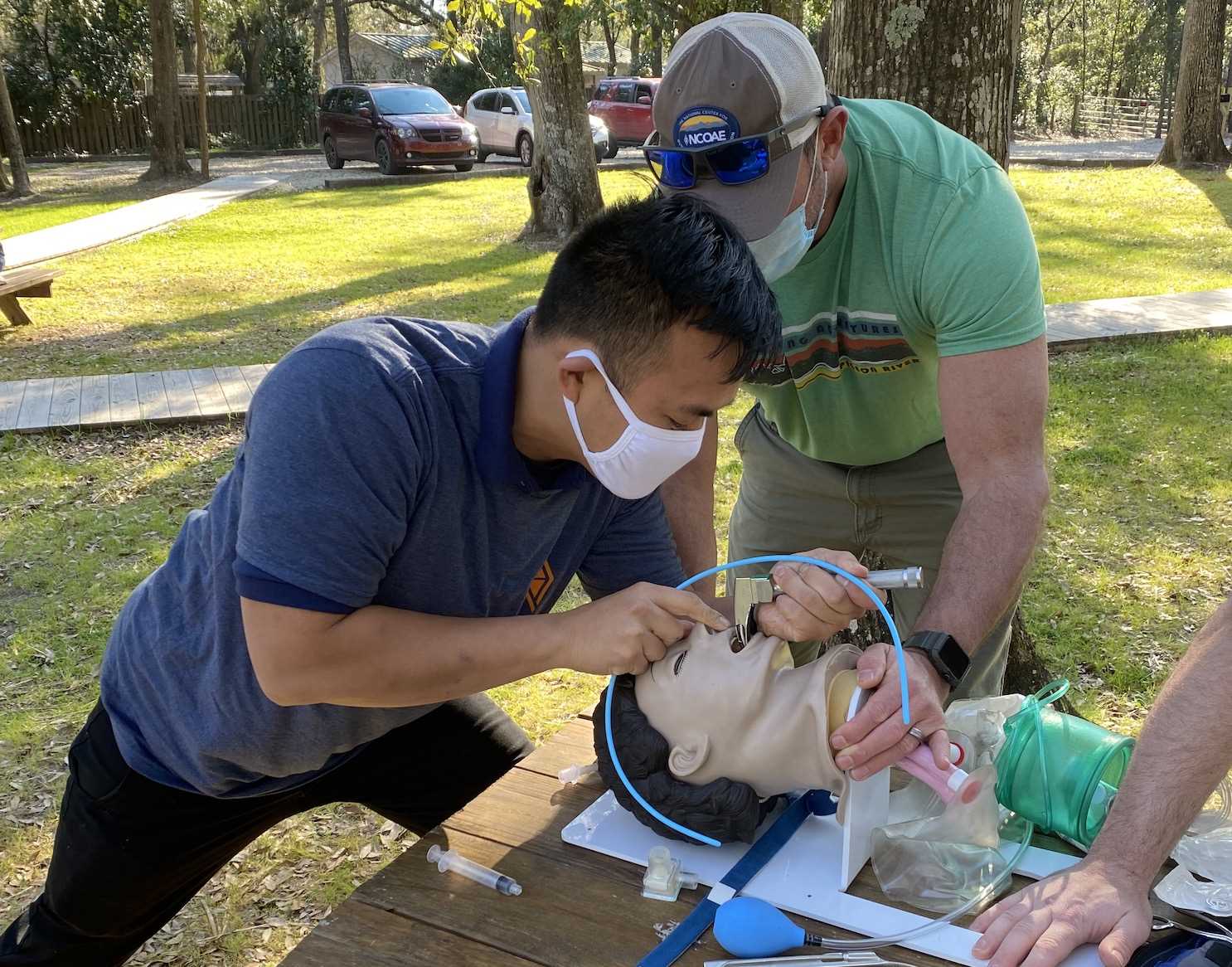
The practical skills assessment is designed to evaluate your ability to perform critical tasks in emergency situations. Unlike the written portion, this assessment focuses on how well you can apply your knowledge in real-life scenarios. Whether it’s administering first aid, managing trauma, or operating medical equipment, performing these tasks under pressure is key to demonstrating competency.
To excel in this portion, you must be proficient in a range of techniques and be able to execute them quickly and accurately. Regular practice, coupled with a thorough understanding of the steps involved, will help you gain confidence and precision in your actions.
Essential Skills to Master
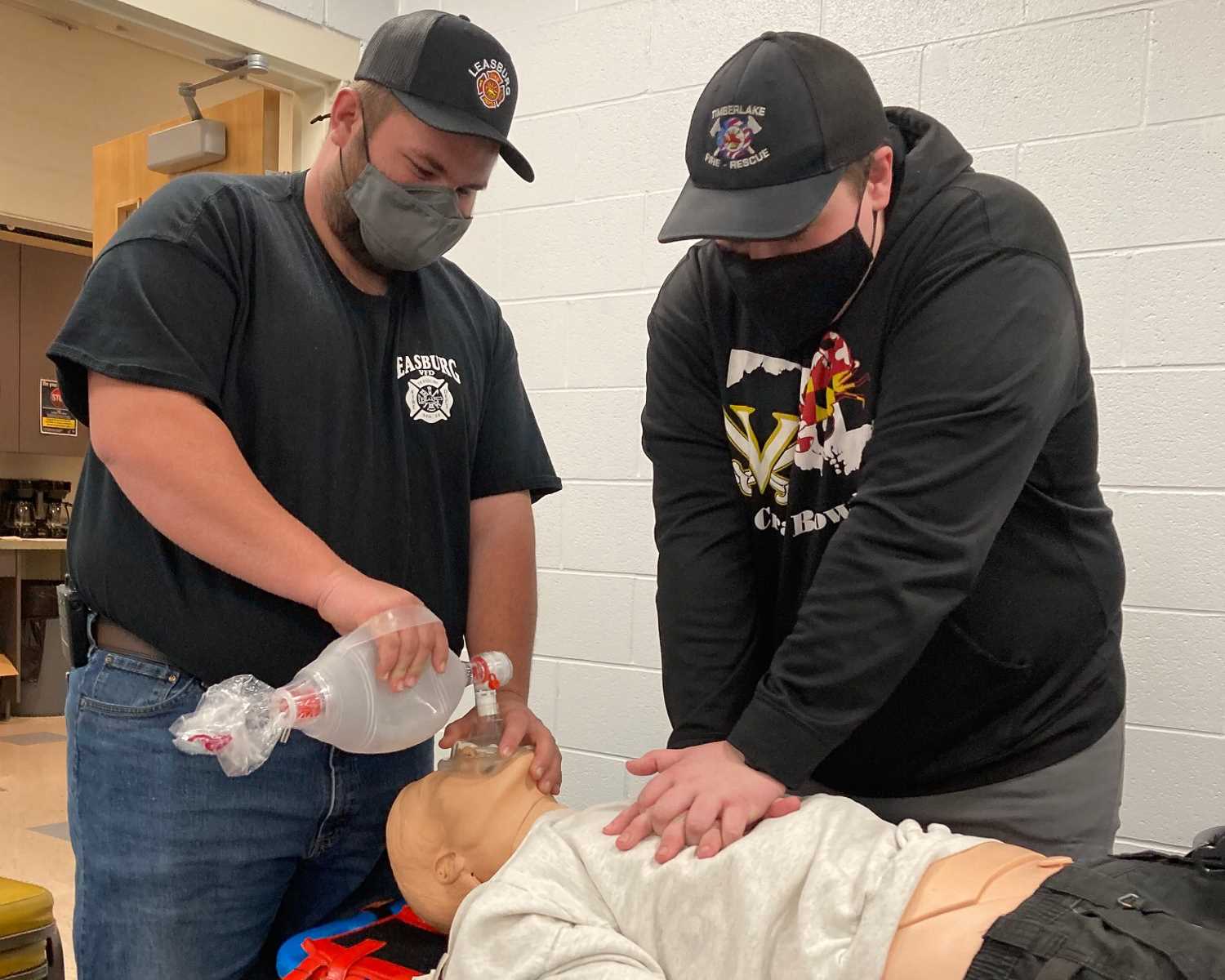
- Patient Assessment: Learn how to quickly and accurately assess a patient’s condition, including checking vital signs, identifying symptoms, and deciding on immediate care needs.
- Airway Management: Practice techniques for ensuring a clear airway, including the use of manual and mechanical methods to assist breathing.
- CPR and Defibrillation: Master the steps of cardiopulmonary resuscitation and how to properly use defibrillators for emergency situations.
- Trauma Care: Practice stabilizing patients with injuries, performing wound care, and immobilizing fractures or spinal injuries.
Practical Tips for Success
- Repetition: The more you practice, the more comfortable and confident you’ll become. Set up mock scenarios to simulate real emergency situations.
- Focus on Speed and Accuracy: Aim to complete tasks swiftly while maintaining attention to detail. Time management is essential during the practical test.
- Stay Calm Under Pressure: Practice performing tasks under time constraints to get used to the pressure of performing while managing stress and distractions.
Mastering the practical skills test is an essential part of becoming a certified emergency medical professional. By focusing on accuracy, speed, and confidence, you will be better prepared to handle the challenges of the assessment and succeed in the certification process.
Common Challenges in Testing for Certification
Preparing for the certification process can be a rewarding yet challenging experience. Many candidates face obstacles along the way that can impact their ability to perform well. These challenges can range from managing stress to mastering complex skills, all of which require careful attention and preparation. Understanding common issues helps candidates better navigate the process and avoid unnecessary setbacks.
Below are some of the most common challenges individuals encounter during the certification process:
- Test Anxiety: The pressure to perform can cause nervousness, affecting focus and performance. Managing anxiety through relaxation techniques and practice can help improve results.
- Time Management: Both the written and practical assessments are time-sensitive. Candidates often struggle with balancing speed and accuracy, which can lead to incomplete tasks or missed questions.
- Retention of Information: The wide array of topics covered in the certification process can overwhelm candidates. Retaining large amounts of information and applying it under pressure can be difficult without proper study strategies.
- Practical Skills Proficiency: Some candidates find it challenging to execute skills under realistic conditions. The pressure of performing correctly within a short time frame often leads to mistakes or hesitation.
- Difficulty with Complex Scenarios: Real-life situations often involve a combination of medical conditions, patient reactions, and environmental factors. Many candidates struggle with multi-tasking and decision-making in high-pressure scenarios.
By recognizing these common challenges in advance, candidates can focus on targeted strategies to overcome them. Effective preparation, including practice under timed conditions, managing stress, and reviewing weak areas, can make a significant difference in performance.
How to Manage Test Anxiety
Test anxiety is a common challenge faced by many individuals when preparing for high-stakes assessments. The pressure to perform well can lead to feelings of nervousness, which may negatively affect concentration, decision-making, and overall performance. Effectively managing this anxiety is essential for ensuring that candidates can perform at their best when it counts most.
There are several strategies that can help reduce stress and improve focus before and during the test:
Preparation and Practice
One of the most effective ways to manage anxiety is through thorough preparation. The more confident you feel about the material, the less you’ll worry about unfamiliar topics. Regular study sessions, mock tests, and practice scenarios can help you become comfortable with both the content and the format of the test.
- Practice under timed conditions to simulate the test environment.
- Break study material into manageable sections and focus on one topic at a time.
- Review areas where you feel least confident to strengthen your understanding.
Relaxation Techniques
Learning to relax before and during the assessment can help calm the mind and improve focus. Incorporating breathing exercises, meditation, and visualization techniques into your routine can significantly reduce anxiety levels.
- Try deep breathing exercises to reduce physical tension and slow the heart rate.
- Visualize yourself successfully completing the assessment with confidence.
- Practice mindfulness to stay present and avoid overthinking during the test.
By combining preparation with relaxation strategies, you can reduce test anxiety and improve your ability to perform well under pressure. Staying calm, focused, and confident will increase your chances of success in the certification process.
Essential Resources for Test Preparation
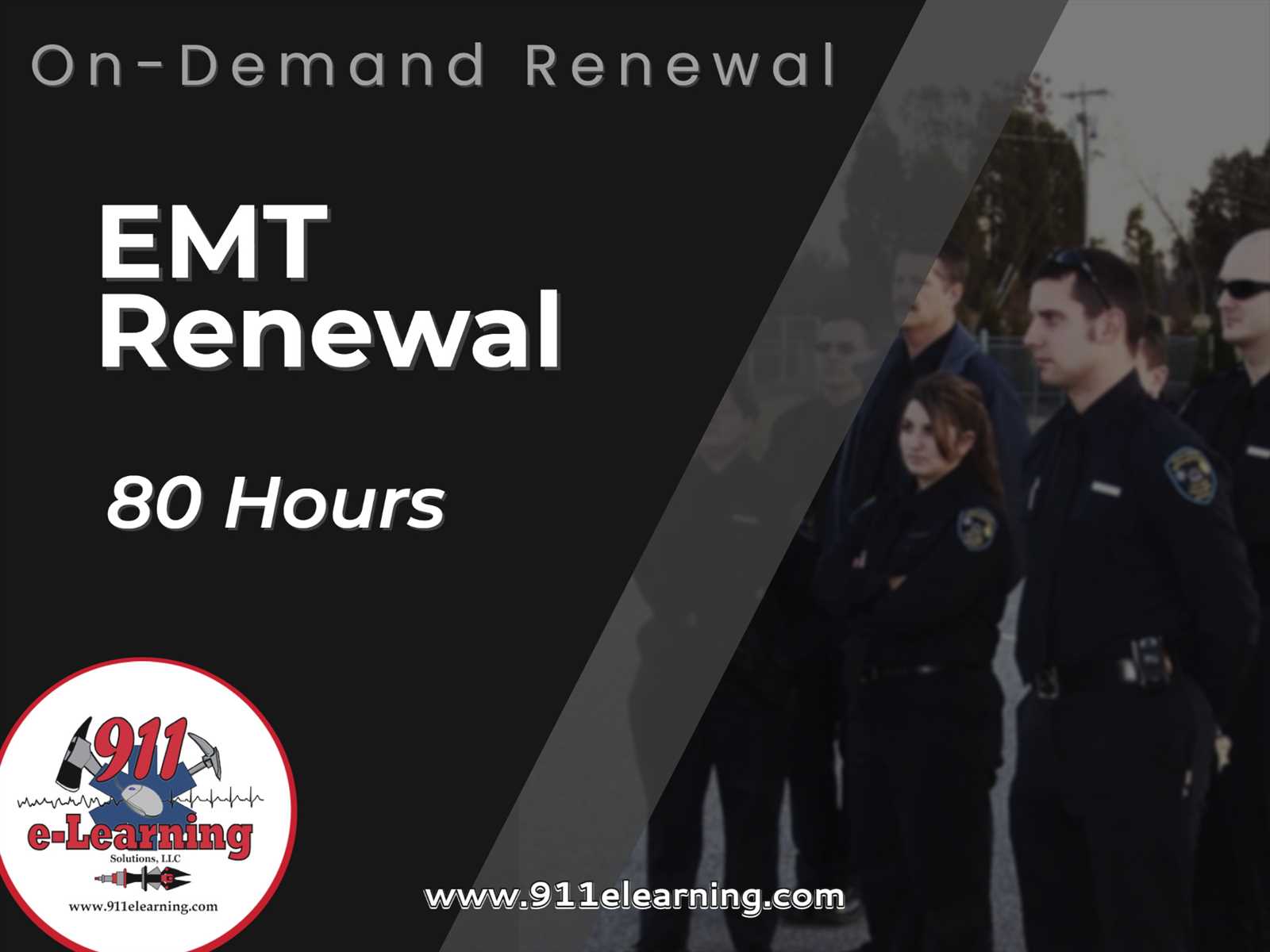
Preparing for a certification assessment requires a variety of resources to ensure you are well-equipped with both theoretical knowledge and practical skills. Utilizing the right study materials, practice tools, and guidance can significantly increase your chances of success. A combination of textbooks, online courses, study groups, and hands-on practice provides a comprehensive approach to preparation.
Recommended Study Materials
Choosing the right study materials is crucial for gaining a solid understanding of the concepts that will be assessed. Below are some of the key resources to consider:
- Textbooks and Guides: Official textbooks and study guides provide a detailed review of the topics that will be tested. These resources are often aligned with certification standards and include practice questions and scenarios.
- Online Courses: Many online platforms offer structured courses designed specifically for certification preparation. These courses often include video lectures, interactive quizzes, and assignments that can help reinforce key concepts.
- Study Apps: There are a variety of apps available that offer practice questions, flashcards, and timed tests. These tools are perfect for on-the-go study and reinforcing material between formal study sessions.
Additional Helpful Resources
Beyond textbooks and online courses, there are other valuable resources that can aid in your preparation:
- Practice Tests: Taking practice tests helps you become familiar with the format and timing of the actual assessment. Many websites and books offer practice questions that mimic real exam scenarios.
- Study Groups: Joining a study group can provide support and motivation. Working with peers allows you to share knowledge, discuss difficult concepts, and hold each other accountable for staying on track.
- Workshops and Boot Camps: Some organizations offer intensive workshops and boot camps, which focus on hands-on practice and live instruction. These sessions are especially helpful for those looking to hone their practical skills.
Using a combination of these resources will ensure you are fully prepared to tackle the certification process with confidence and competence.
What to Expect on Test Day
Test day is a crucial part of your certification journey, and understanding what to expect can help ease any anxiety and allow you to focus on performing your best. On the day of the assessment, there are several key steps and procedures to follow, from arrival to completion. Being prepared for each stage can help ensure a smooth experience and prevent any unnecessary stress.
First, make sure you arrive early to the testing location. This gives you time to complete any required check-in procedures and settle in before the test begins. You will likely be required to provide identification and possibly other documentation, so having everything prepared in advance is essential.
Once you’re checked in, you’ll be guided to the testing area where you’ll receive instructions about the format and structure of the assessment. It’s important to listen carefully, as there may be specific rules or expectations for the day. There will typically be breaks between different sections, especially for practical skill assessments, to help you stay focused and refreshed.
Expect to encounter a combination of theoretical and practical components, where you’ll demonstrate both your knowledge and ability to apply it in real-world scenarios. Be sure to approach each section with confidence and take your time to read instructions thoroughly. The goal is to showcase your competence, so maintaining a calm and steady approach is key.
Lastly, remember that testing environments are designed to simulate realistic conditions, which means you may face unexpected situations or challenges. Trust in your preparation, stay flexible, and do your best under the circumstances. The day will go by quickly, and once completed, you’ll have the opportunity to reflect on your performance and move closer to achieving your certification goal.
Time Management Strategies for the Test
Effective time management is essential when preparing for any high-pressure assessment. Being able to manage your time wisely during the test will not only help you stay calm but also ensure that you have enough time to thoroughly answer all questions and complete practical tasks. Developing strategies ahead of time can greatly improve your performance and prevent unnecessary stress.
Prioritize Your Tasks
One of the most important strategies is learning how to prioritize tasks. Whether you’re taking a written portion or performing a hands-on skill assessment, it’s essential to recognize which sections require more time and attention.
- Focus on what you know first: If you encounter a challenging question, move on to easier ones to build momentum. This will help you feel more confident and save time for the harder questions later.
- Allocate time for each section: Before starting, make a rough plan for how long you should spend on each task. Ensure that you don’t spend too much time on any one section.
- Review before finishing: If time allows, quickly review your answers to ensure that you haven’t overlooked anything important.
Practice Under Time Constraints
One of the best ways to prepare for time management during the actual test is to practice under similar time constraints. Simulating test conditions will help you gauge how long it takes to answer different types of questions and perform practical tasks. By practicing regularly, you’ll develop a sense of pacing and become more comfortable with the pressure of completing tasks within a set time frame.
- Set a timer during practice: Use a stopwatch or timer to replicate the time limits you’ll face. This will help you develop a natural rhythm and reduce stress on the actual test day.
- Identify time-wasting habits: By practicing in real-time, you can spot any tendencies to spend too long on certain tasks and make adjustments.
By implementing these time management strategies, you will be able to navigate your certification process with greater confidence and efficiency. Having a clear plan and sticking to it will help ensure that you make the most of your time during the test.
Understanding EMT Certification Levels
In the field of emergency medical services, there are various levels of certification that signify the depth of knowledge and skills a professional possesses. These levels reflect the complexity of the tasks a person is qualified to perform, as well as the scope of responsibility they are authorized to handle. Understanding these distinctions is crucial for anyone looking to pursue a career in this field or advance their current qualifications.
The levels of certification typically range from entry-level to advanced, with each step requiring additional training and assessment. As individuals progress through these levels, they gain the ability to perform more complex medical procedures and manage more critical situations. Below are some common levels of certification, each with specific roles and responsibilities.
- Basic Level: At this entry stage, individuals learn essential life-saving skills such as basic patient assessment, CPR, and first aid. They are typically responsible for stabilizing patients and transporting them to medical facilities.
- Intermediate Level: Professionals at this level are trained to perform more advanced medical interventions, such as administering medications and providing advanced airway management, under supervision.
- Advanced Level: This level involves higher levels of responsibility, with individuals trained to perform complex medical procedures and make critical decisions in emergency situations. They often lead teams and manage patient care in high-pressure environments.
Choosing the right certification level depends on career goals, the types of responsibilities one wishes to take on, and the amount of training one is prepared to undertake. Each level builds upon the knowledge and skills gained at the previous one, ensuring that professionals can effectively respond to the diverse challenges faced in emergency medical settings.
Post-Exam Process and Certification
Once you have completed the necessary assessments for your certification, the journey does not end there. The post-assessment process is a crucial step in confirming your qualifications and ensuring that all the required documentation and requirements are properly met. After successfully completing both theoretical and practical assessments, there are several steps that follow before officially receiving your credentials.
First, the results of the assessments are typically reviewed, and any necessary verification is conducted to ensure accuracy. If you pass, the next stage involves submitting additional paperwork, such as proof of required training hours, background checks, and sometimes medical evaluations. Once these steps are completed and verified, the certification process moves forward.
Upon successful completion of all requirements, candidates are issued a certification. This credential formally acknowledges your qualifications and allows you to work within the field, as well as pursue further professional development opportunities. However, it is important to note that certifications often have an expiration date, and you will need to meet ongoing requirements for continuing education and re-certification to maintain your status as a qualified professional.
How to Renew Your EMT Certification
Maintaining your certification is essential to ensure you remain qualified to work in the field and stay updated on the latest skills and knowledge. The renewal process for your credentials is a standard procedure that involves meeting specific requirements to verify your continued competence. This process helps ensure that all professionals have the necessary skills and expertise to handle the challenges of emergency medical care.
Typically, renewing your certification involves completing continuing education courses, demonstrating ongoing competency in critical skills, and submitting necessary documentation to the relevant authorities. The requirements vary depending on the level of certification and the regulatory body overseeing your credentials. Below is a general overview of the typical steps involved in the renewal process:
| Step | Requirement |
|---|---|
| 1. Continuing Education | Complete a specified number of hours in relevant courses to stay current with industry standards. |
| 2. Skills Competency | Demonstrate proficiency in key skills through practical assessments or online simulations. |
| 3. Documentation Submission | Submit proof of completed education, skills assessments, and any other required paperwork. |
| 4. Fee Payment | Pay the renewal fee as stipulated by the certifying authority. |
| 5. Certification Review | The certifying body reviews all submitted materials and processes your renewal. |
Be sure to check with the relevant certification body for specific renewal guidelines and deadlines. Starting the process well in advance will help avoid any lapses in certification and ensure you remain eligible for employment in the field.
Advanced EMT Options After Certification
Once you have obtained your initial certification, there are numerous opportunities for career advancement within the emergency medical services field. With additional training and experience, you can pursue advanced roles that offer greater responsibilities, specialized skills, and enhanced career prospects. The path to becoming an advanced professional allows for deeper expertise and the ability to take on more complex medical situations.
Advanced professionals typically undergo further education and training to expand their knowledge and skill set. This often includes coursework in advanced medical techniques, pharmacology, and critical care. These enhanced qualifications enable practitioners to work in specialized settings, assist in more complex patient care, and take on leadership roles in emergency medical teams.
Below are some common advanced options available after initial certification:
| Option | Description |
|---|---|
| Advanced Life Support (ALS) Certification | Specialized training in managing critical patients, including advanced airway management, pharmacology, and cardiac care. |
| Paramedic | The highest level of pre-hospital care, involving advanced medical procedures, such as intubation, IV medication administration, and emergency anesthesia. |
| Critical Care Transport | Training to work in air and ground transportation of critically ill patients, requiring advanced medical intervention during transport. |
| Instructor Certification | Becoming an instructor to teach others the skills and knowledge required for entry-level and advanced roles in emergency medical services. |
Advancing your career can lead to exciting opportunities in various specialized roles. These certifications not only increase your expertise but also enhance your ability to provide life-saving care in complex and high-pressure situations.